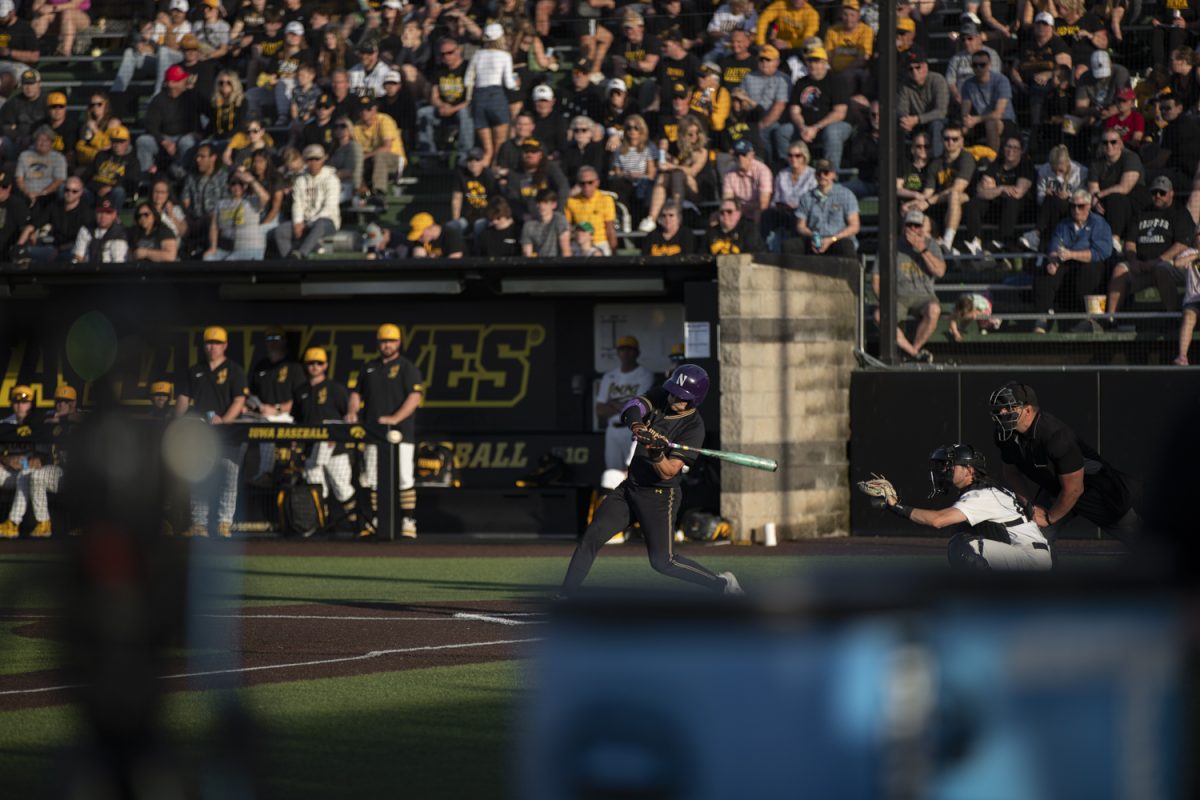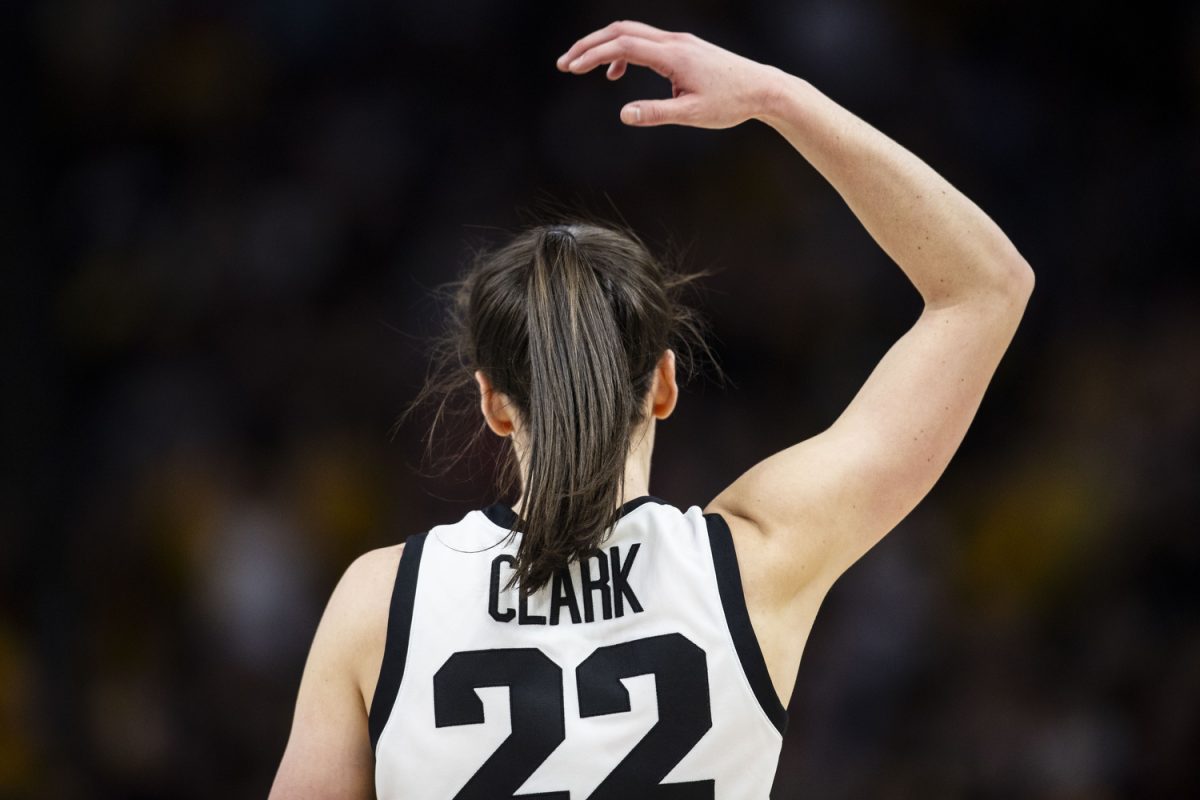Steve Plasencia doesn’t know what it’s like to lose.
In his three years as Minnesota’s head men’s track and field coach, the Golden Gophers have won three Big Ten indoor championships and two Big Ten outdoor championships.
“I don’t know if I’ve been a victim of good circumstances or what,” he said. “It’s been a ton of fun.”
What Plasencia does know is that when the other Big Ten schools arrive in Iowa City on May 13 for the Big Ten outdoor championships, they all will be gunning for his squad.
“If any team has this kind of success, everyone else gets tired of it and wants to shoot it down,” he said.
That’s not to say Minnesota is the clear-cut favorite. Plasencia, Penn State head coach Beth Alford-Sullivan, Wisconsin head coach Ed Nuttycombe, and Iowa head coach Larry Wieczorek listed Wisconsin, Penn State, Ohio State, Indiana, and Iowa as potential schools who could win the outdoor crown.
Of those teams, only one is currently ranked in the top-25 with just eight days until Big Tens: No. 19 Penn State. That is a significantly smaller number compared with the six teams that entered the Big Ten indoor championships ranked in the top 25 in February.
However, Alford-Sullivan, Nuttycombe, Plasencia, and Wieczorek agreed the lack of ranked teams is not an indication the conference is down or struggling.
Wieczorek pointed to the difference in the postseason formats during the indoor and outdoor seasons as a possible explanation for the slip in number of ranked teams.
In order to qualify for the indoor NCAA championships, athletes must meet an automatic qualifying mark or post one of the next highest marks.
More of a tournament-style is used for the outdoor season, where athletes must pass through regionals before advancing to the NCAAs.
Because the national rankings are based on the best performances in each event, athletes may not be pushed quite as hard during the outdoor season.
“You have to put up a high-level mark if you’re going to make it to nationals [indoors], and so people are focusing on that,” Wieczorek said, noting they may take 16 or 17 athletes to the indoor meet. “Outdoors, you’re going to the NCAA first round, and they might take 40 people. So the mark isn’t quite as high.”
Nuttycombe said something much simpler may be to blame: the weather.
“We’ve had a real lack of opportunity to get work in,” he said. “Now, with the weather getting better, I think you’ll see some better times.”
Regardless of the reason for so few ranked teams, a handful of events will boast some of the nation’s top athletes at this year’s Big Tens.
Wisconsin’s Danny Block and Illinois’ Andrew Riley both rank eighth nationally in the discus and 110 hurdles, respectively. The Illini also have the fifth-fastest 4×100-meter time this year.
Derek Drouin of Indiana is tied for the fourth-best high jump mark in the country at 7 feet, 3 3/4 inches.
“The team that usually wins has a few surprises,” Nuttycombe said. “You have to have the power up front and the team depth to pull it off.”






